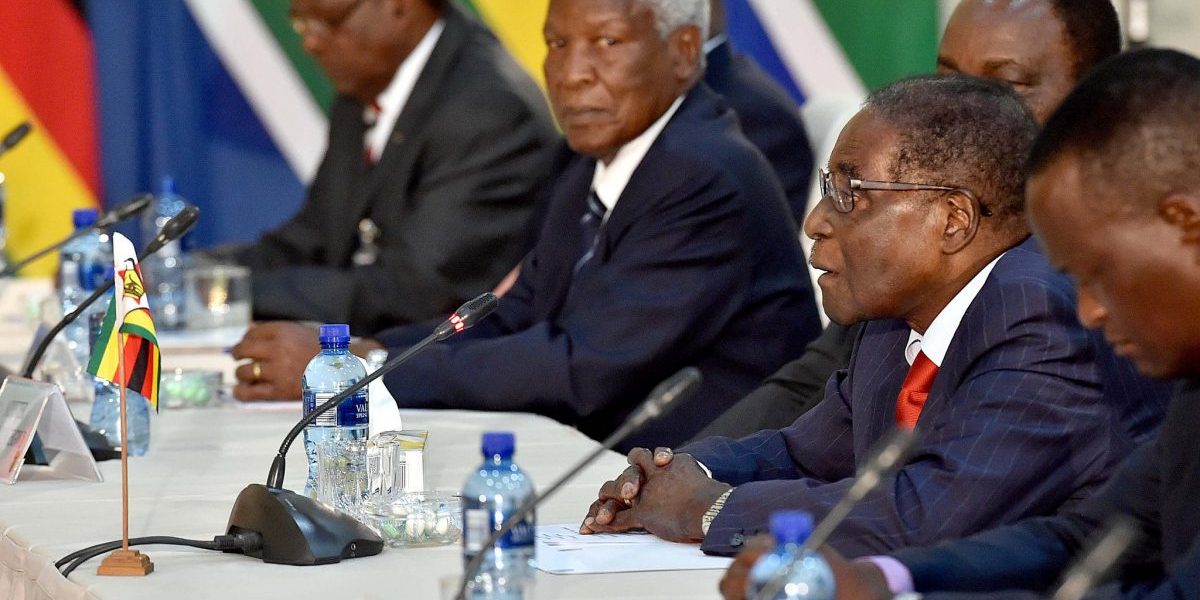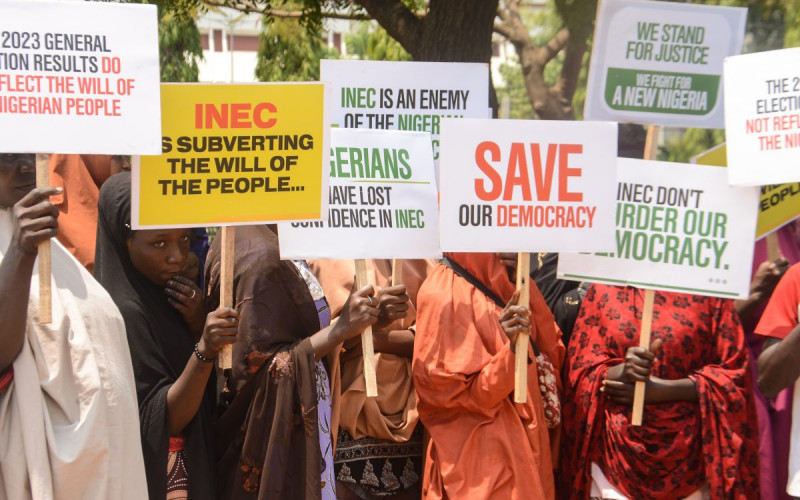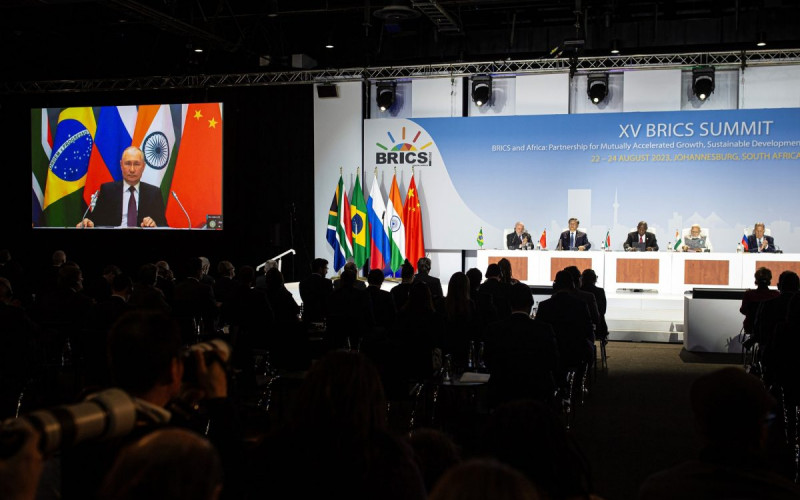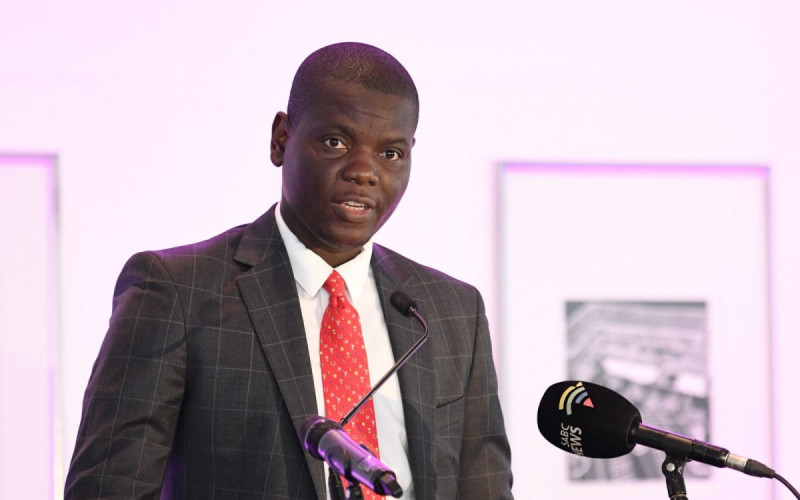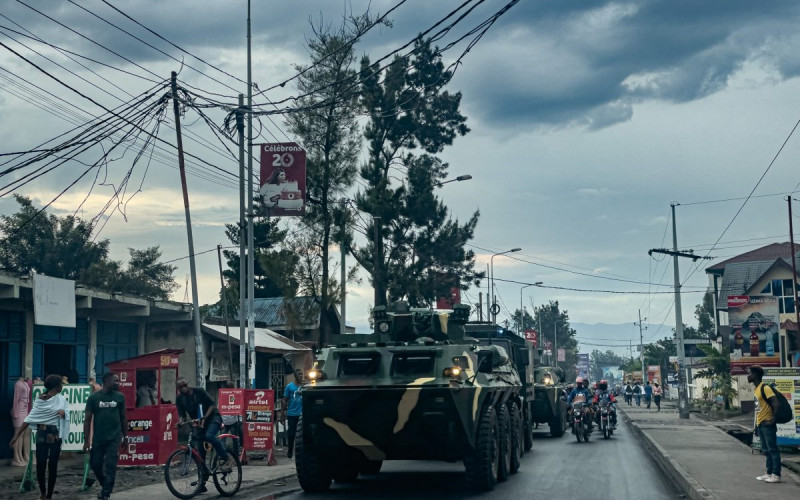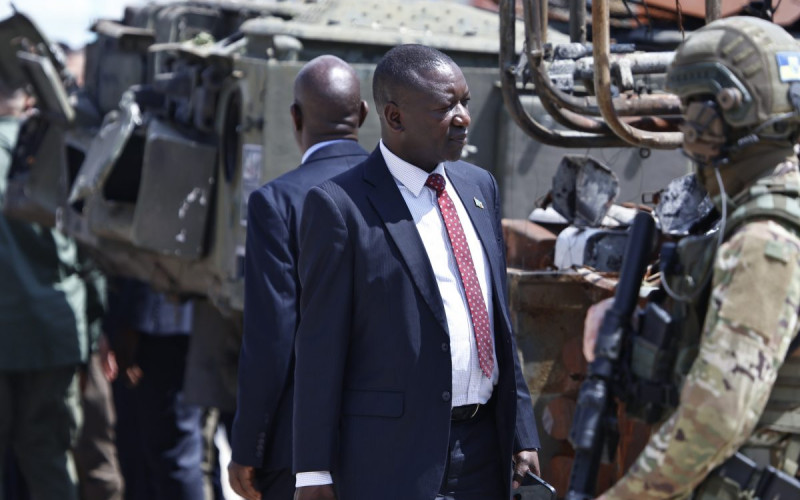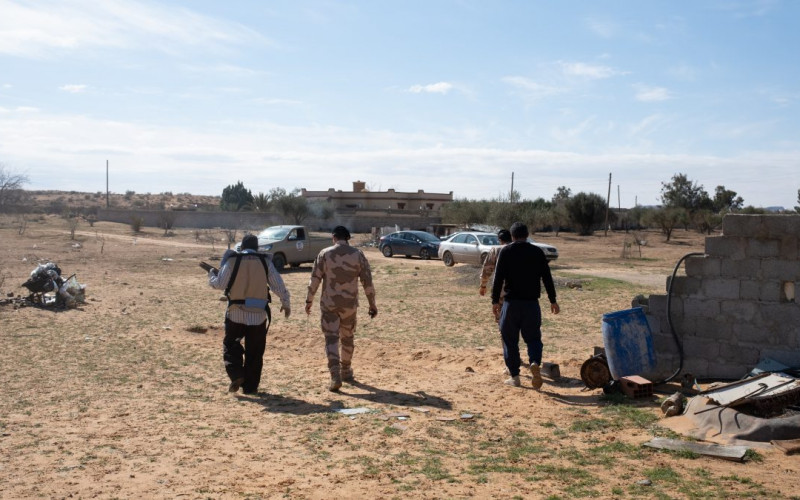They have maintained close ties rooted in common liberation histories and personal connections, and during times of crisis they draw on these linkages and solidarities. The paper explores the implications of these linkages for current mediation and conflict resolution efforts by the Southern African Development Community (SADC) in Zimbabwe. It discusses how the Zimbabwe African National Union–Patriotic Front (ZANU–PF), with its complicated roots as a splinter group from the established Zimbabwe African People’s Union, strove to attain recognition as the sole and authentic liberation movement in Zimbabwe. ZANU–PF built alliances with dominant liberation movements in the region. These included the Popular Movement for the Liberation of Angola in Angola, the Front for the Liberation of Mozambique in Mozambique, the African National Congress in South Africa, the Pan Africanist Congress in South Africa, the South West Africa People’s Organisation in Namibia and the Chama Cha Mapinduzi in Tanzania. The paper suggests that pre and post-independence, historical linkages and personal contacts continue to influence the character of SADC mediation and conflict resolution efforts in Zimbabwe.
Even the policy of ‘quiet diplomacy’ that constituted South African foreign policy towards Zimbabwe under Thabo Mbeki was partly shaped by enduring historical and personal linkages dating back to the liberation war period, as well as by pragmatism and national interests. The paper’s historically grounded approach to the study of African foreign policy helps to explain why new political structures, like the Movement for Democratic Change, are finding it difficult to establish strong links and to attain acceptance within the Southern Africa region, which is still dominated by ‘brother presidents’ and ‘sister movements’.

